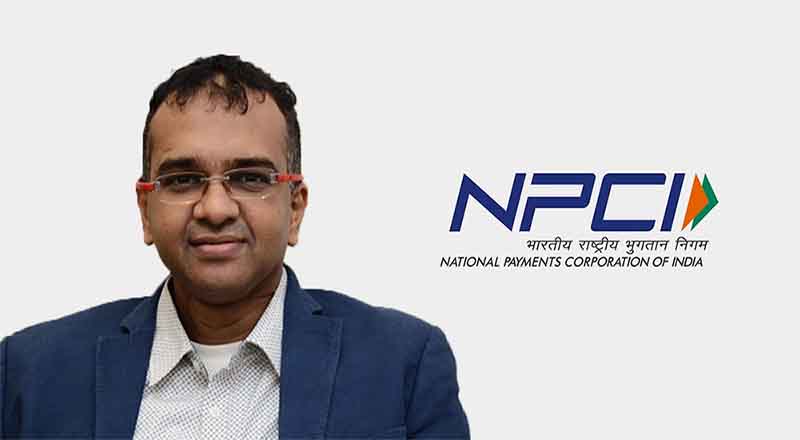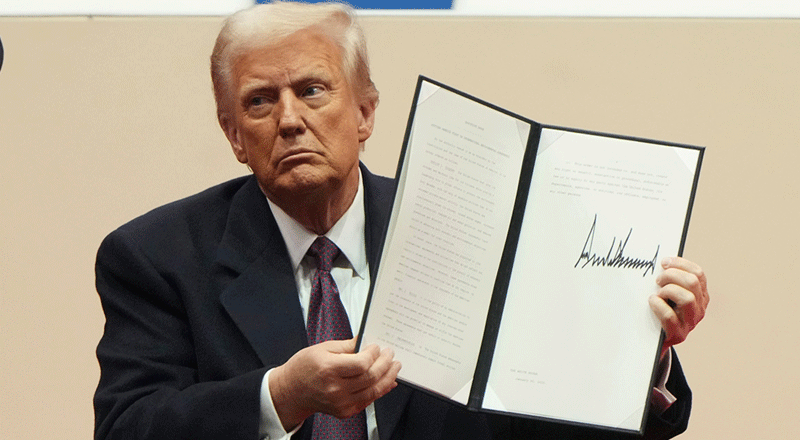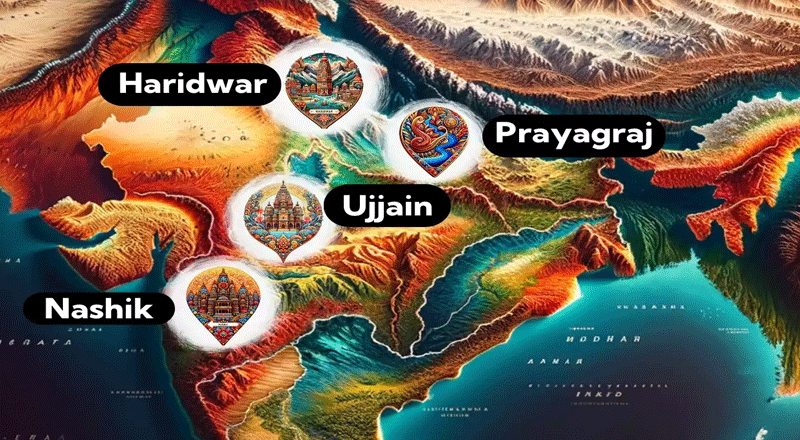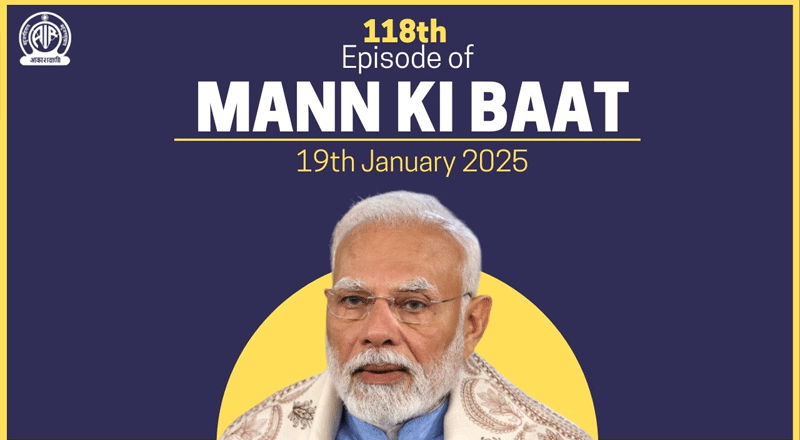National Payments Corporation of India (NPCI), which owns UPI and RuPay, could be paying the price for the government’s strong push the digital payments. NPCI, an umbrella organisation for operating retail payments and settlement systems in India, is an initiative of Reserve Bank of India (RBI) and Indian Banks’ Association (IBA) under the provisions of the Payment and Settlement Systems Act, 2007, for creating a robust Payment & Settlement Infrastructure in India.
Incorporated as a “Not for Profit” Company under the provisions of Section 25 of Companies Act 1956 (now Section 8 of Companies Act 2013), with an intention to provide infrastructure to the entire Banking system in India for physical as well as electronic payment and settlement systems. RuPay is an Indigenously developed Payment System – designed to meet the expectation and needs of the Indian consumer, banks and merchant eco-system.
Unified Payments Interface (UPI) has been termed as the revolutionary product in the payment system and Bharat Bill Payment System is currently offering one-stop bill payment solution with 150+ Billers in the five approved categories Viz. Electricity, Gas, Water, Telecom and DTH across India.
The government is trying to address the disincentives for digitisation of transactions with Zero MDR, by reducing the cost of transactions for merchants and customers. Experts says, It is a dangerous play with incentives. The introduction of zero-MDR regime, which came into effect from January 1, 2020, will put close to 20% dent on NPCI’s revenue. As there won’t be any incentive, the overall interest of the payments ecosystem to adopt UPI and RuPay will wither. Who will benefit? Multinational card networks such as Visa and Mastercard.
In Box: Zero MDR is a goal that the government has been chasing for a while now because it needs to bridge the gap between cash and cashless transactions. In case of cash, the cost of cash is borne by the government, and there’s anonymity and tax evasion arising out of that anonymity that the government wants to address.
Considering Digital Payment in retail is little more than just 10%, we have miles to go and need many more players to be willing to invest and work to provide these services. This announcement of industry bearing MDR would lead to the whole digital payment industry without any business and revenue model.
The idea here is to create an incentive for RuPay and UPI versus Visa and Mastercard, which in turn means that RuPay and UPI acceptance by merchants is going to be more pervasive going forward. With RuPay, the government is trying to create its own infrastructure to compete with have its own independent payment network because of the threat of the impact that potential sanctions .





